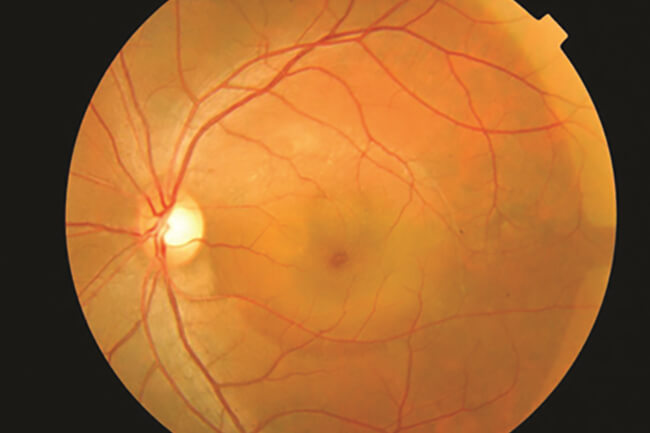
What is Central Serous Chorioretinopathy?
Central serous chorioretinopathy is a condition where a blister of fluid gathers beneath the macula, causing blurred and distorted vision.
Causes, Symptoms & Treatment
The condition of central serous chorioretinopathy (CSR) has been linked to stress and steroid use. Occurring most commonly in males between the ages of 20 and 40, CSR happens when there is a leakage of fluid beneath the central retina, or the macula. The macula is elevated by the bubble of fluid, detaching it from its supporting tissue and altering the visual field.
Blurred and distorted vision, and central gray or dark spots known as floaters in the visual field are all common symptoms of CSR. While central serous chorioretinopathy usually clears up on its own, there are several treatments that are implemented when the condition is chronic.
Laser photocoagulation is used to essentially burn the leak shut and seal it to prevent further leakage. Photodynamic therapy (PDT) provides a similar outcome, but with non-toxic light sensitive compounds to treat the area. Whether the eye heals spontaneously or from treatment, recovery from central serous chorioretinopathy is good with over 90% of patients regaining 20/30 vision or better within 6 months.
